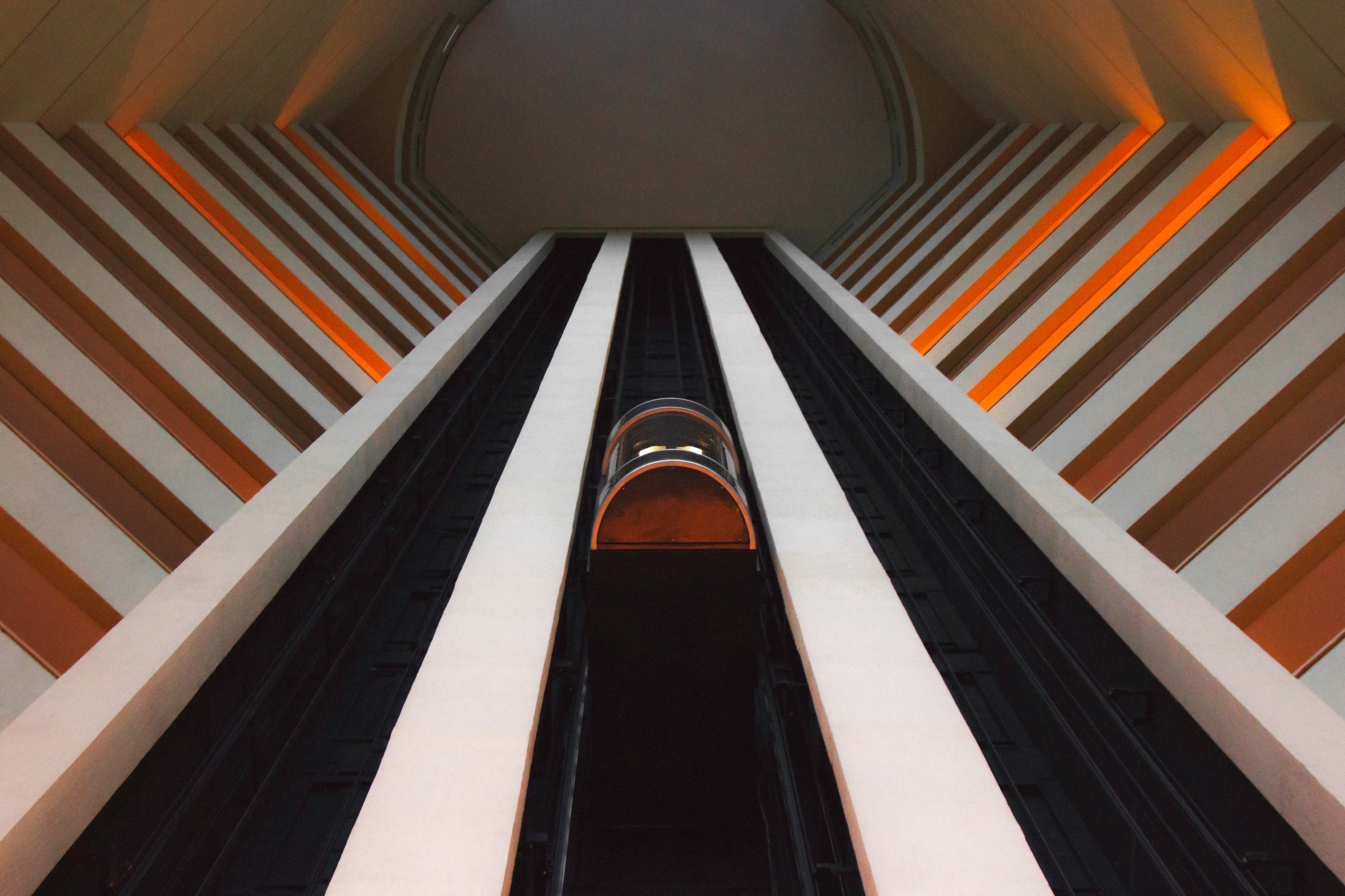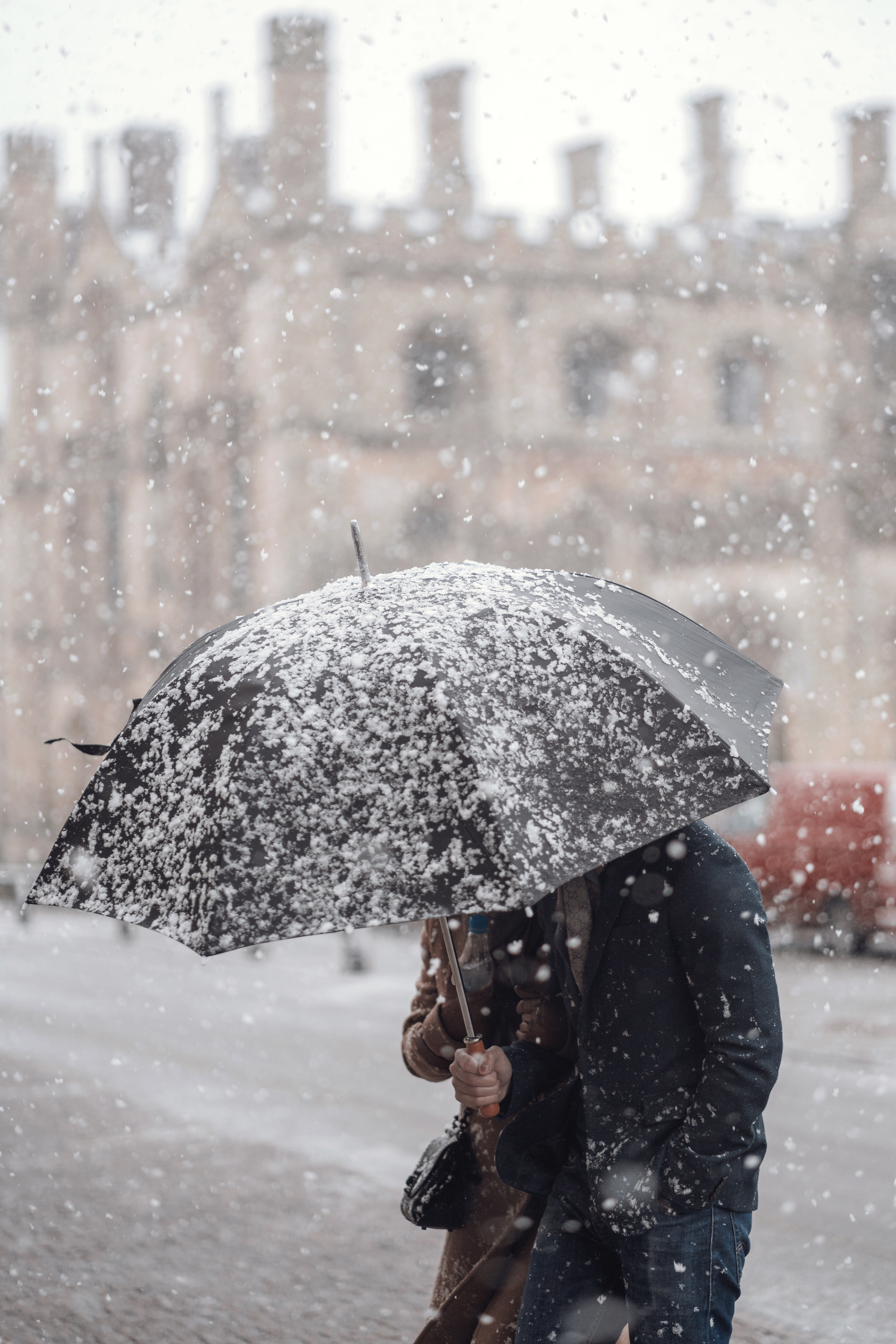
Elevator Trapped
November 16, 2018
Elevator Companies
December 11, 2018Let It Snow – 5 Ways to Get Your Elevator Ready

We are getting unseasonable and unreasonable snow in our neck of the woods–Southern Illinois–so we thought we would revisit precautions for cold weather when it comes to your elevator.
First, we begin with two words that are rarely used in terms of elevators anymore but are likely the most important…preventative maintenance. It is the easiest way to ensure that your elevator will give you great service throughout the entire year, but especially in winter. Routine inspections will catch problems that can cause shutdowns before they happen. Unfortunately, many contracts that once specified monthly checkups no longer exist. The friendly elevator technician seems to visit less and less, unless there is an emergency. So first things first, check your current contract and see if you are owed a visit. If so, schedule one pronto! While the technician is there, cover the items listed below. You should make every effort to look into these with your service provider before the wintry weather gets too bad:
→ Hydraulic oil temps – A chill in the air can cause fluctuations in temperature of the hydraulic fluid that makes your elevator run. Optimally, the oil should be between 75 to 95 degree Fahrenheit, although it can tolerate temps lower and higher. If you have no heat in the machine room, your equipment is in a garage or on a roof with windy weather, you may need to see about getting a tank heater or insulating the machine room and getting some heat. You know you may have a problem with this if your elevator has trouble leveling at the floor properly.
→ Have you ever heard an elevator moan and groan? That could also be due to cold weather. The grease or lubricant on the rails may be dry or sticky. You have probably heard the term “Slower than molasses in the winter.” Your lubricant can be the same. You may need to check with the maintenance provider if you are hearing odd, creaking noises from the hoistway. They can grease the skids, so to say.
→ If your elevator car is just too cold in the winter, you may have the elevator parked on a cold floor. Many elevators have exterior access and sometimes the car is inadvertently parked at those floors when idle. Be sure to not have your car automatically parked at exterior hoistway openings or parking garage entrances. If you want a cozier ride, have the car park on a floor with heat and air.
→ Have your technician double check the battery lowering or battery backup system. Many elevators have a way for the elevator to automatically move to the lowest or main floor for egress when the power goes out. A battery is used for that lowering. If the power goes out due to ice storms or heavy snow, the backup is needed. So, now is the time to make sure the system works as intended.
→ Check the sump pump – Most elevators have a pump in the bottom of the pit. The purpose, of course, is to keep water from building up in the pit and damaging the equipment that resides at the bottom of the hoistway. It turns out, having standing water is a bad thing, and if the pump is broken, turned off or unplugged, that standing water can turn to ice in the winter and make things worse. To prevent ice from building up and creating problems with freezes and thaws, make sure your tech checks the pump.
If you are a building owner or manager, it is a good idea to take care of getting these specific items looked at as soon as possible. Due to the reduction of the occurrence of monthly maintenance and most companies only providing maintenance when they want to, it may take a prompting phone call. It is much better to deal with scheduling the visit now than when someone gets stuck or the elevator stops working. Remember, cold weather can cause all sorts of problems, both immediate or over a long period of time. Be proactive so your elevator can give you years of reliable service.



